10 reason why the Sony A7RIII may be my Camera of the Year for 2017
By Steve Huff
Yes, it is the newest camera causing eyeball pops from some photo enthusiasts. The Sony train continues down the track on its way to digital imaging domination and with the latest release, the A7RIII, Sony shows no signs at all of slowing down the train. It has been 2 years and 3 months since the A7RII was released and I used that A7RII for 2 years straight, proclaiming it my most used camera of 2017. If you missed that video I made about my love for the A7RII a couple years after use, see it below:
My video on the previous gen A7RII – 10 reasons why it was my most used camera
As for the follow up, while I only had hands on for half a day, what I discovered was that this may be the best follow up camera I have ever reviewed. Just being 100% honest from the heart as I know of NO high res 35mm camera, NONE, that can do what the A7RII can do with tech and features. Eye AF works AMAZING on the A7rII just as it does on the A9. AF Tracking is "WOW" when in use for such a high res camera. We ave the 5 Axis IS which has been improved, the high res EVF of the A9 flagship and things that one can not get from a DSLR such as a Nikon D850.Many are comparing it to the D850 and for me it is no contest because I do not shoot or buy DSLRs anymore, so for me, the 850 is out. The Nikon is probably (and according to some I truly respect) Nikons BEST digital DSLR ever. That's saying a lot as Nikon has had some memorable camera models. The D850 seems like THE Nikon to get I you want a full frame DSLR. No question about it. It seems Canon has been lagging behind in tech as many I speak with in the camera industry today talk down Canon, yet talk up Nikon. Sony is also gaining massive respect lately as well. When I started reviewing Sony gear, most out there dismissed it. Today, Sony is taken seriously due to what they have accomplished in the digital imaging world. For me, it all started with the NEX-7 as that is when I truly saw the reality of Sony's dedication to photography. It grew and grew and today we have some amazing options within the Sony realm and for mirrorless in general.
A7RIII and 40 f/1.2 Voigtlander E mount
The Sony A7SII, A7RII and now A7RIII and A9 are by far, for me, the best mirrorless cameras created by Sony.
To clear up some internet chatter that some trolls make, no, Sony does not release new upgrades every six months. It seems their upgrade path is around 2 – 21/2 years. It has been 2 years and 3 months since the A7RII. It seems next up should be the A7SIII. As for the A9, will it ever get an "R" model? I think yes, but I also think it could be a year off or more. I am not really sure though.
Many ask me about the RX1R series. I also feel that another one of those may not be coming. I could be wrong but I see Sony sticking with what is selling and doing well for them, and that would be the A7 and A9 series as well as lenses for the system. With the new 400 f/2.8 announced for a summer 2018 release, we can see they are pushing ahead full steam with those telephoto lenses which is the one weak spot in the current lens lines up. But look at how many lenses we now have for our Sony cameras. Amazing for such a short time.
Close to a full 100% crop here – A7RII and 24-105 G. This shot was underexposed and dark. I pulled out the shadows here just using the mid level JPEG!
Going back to the new A7RIII, it really is fantastic and yes, it has been improved in so many ways from speed to battery to usability to DR and IQ. Here are my 10 reasons why this camera is shaping up to be the best of the year for me in 2017.
My 10 Reasons why this just may be my Camera of the Year for 2017
All with the A7RIII – Exif is embedded. Third shot has filters applied, and some PP. Last shot converted to B&W
This A7RIII is incredible guys, and a huge step up from what has come before it in the Sony line up. If I had the A7R or RII I would personally not hesitate to upgrade due to the speed enhancements and what Sony has brought over from the A9. BUT, BUT!!!! If all you care about is IQ, keep the A7RII. If all of the other new enhancements do not interest you (battery, eve, card slots, touch LCD, etc) then no need to upgrade. The A7RII is still a killer camera and can be had for a deal right now. IN fact, you can now get an INSANE deal on a new a7RII package with accessories. See it here at Amazon.
You can pre order the A7RIII now at Amazon and B&H Photo at the links below. It will ship starting November 30th, just about a month away!
Pre Order the A7RIII at B&H Photo HERE
Pre-Order the A7RIII at Amazon (Prime from Amazon) HERE
Pre Order the new 24-105 F/4 G Lens at B&H Photo HERE, Amazon HERE
PLEASE! I NEED YOUR HELP TO KEEP THIS WEBSITE RUNNING, IT IS SO EASY AND FREEE for you to HELP OUT!
Hello to all! For the past 8 years I have been running this website and it has grown to beyond my wildest dreams. Some days this very website has over 200,000 visitors and because of this I need and use superfast dedicated web servers to host the site. Running this site costs quite a bit of cash every single month and on top of that, I work full-time 60+ hours a week on it each and every single day of the week (I receive 100-300 emails a DAY). Because of this, I could use YOUR help to cover my costs for this free information that is provided on a daily basis.
To help out it is simple, and no, I am not asking you for a penny!!
If you ever decide to make a purchase from B&H Photo or Amazon, for ANYTHING, even diapers..you can help me without spending a penny to do so. If you use my links to make your purchase (when you click a link here and it takes you to B&H or Amazon, that is using my links as once there you can buy anything and I will get a teeny small credit) you will in turn be helping this site to keep on going and keep on growing.
Not only do I spend money on fast hosting but I also spend it on cameras to buy to review, lenses to review, bags to review, gas and travel, and a slew of other things. You would be amazed at what it costs me just to maintain this website, in money and time (250 hours a month, and about $3000 per month).
So all I ask is that if you find the free info on this website useful AND you ever need to make a purchase at B&H Photo or Amazon, just use the links below. You can even bookmark the Amazon link (not the B&H) and use it anytime you buy something. It costs you nothing extra but will provide me and this site with a dollar or two to keep on trucking along.
AMAZON LINK (you can bookmark this one)
B&H PHOTO LINK – (not bookmark able) Can also use my search bar on the right side or links within reviews, anytime.
Outside of the USA? Use my worldwide Amazon links HERE!
You can also follow me on Facebook, Twitter, or YouTube. 😉
One other way to help is by donation. If you want to donate to this site, any amount you choose, even $5, you can do so using the paypal link HERE and enter in your donation amount. All donations help to keep this site going and growing!![]() I do not charge any member fees nor do I (nor will I ever) charge for reviews, so your donations go a long way to keeping this site loaded with useful content. If you choose to help out, I thank you from the bottom of my heart.
I do not charge any member fees nor do I (nor will I ever) charge for reviews, so your donations go a long way to keeping this site loaded with useful content. If you choose to help out, I thank you from the bottom of my heart.
![]()
Source: 10 reason why the Sony A7RIII may be my Camera of the Year for 2017

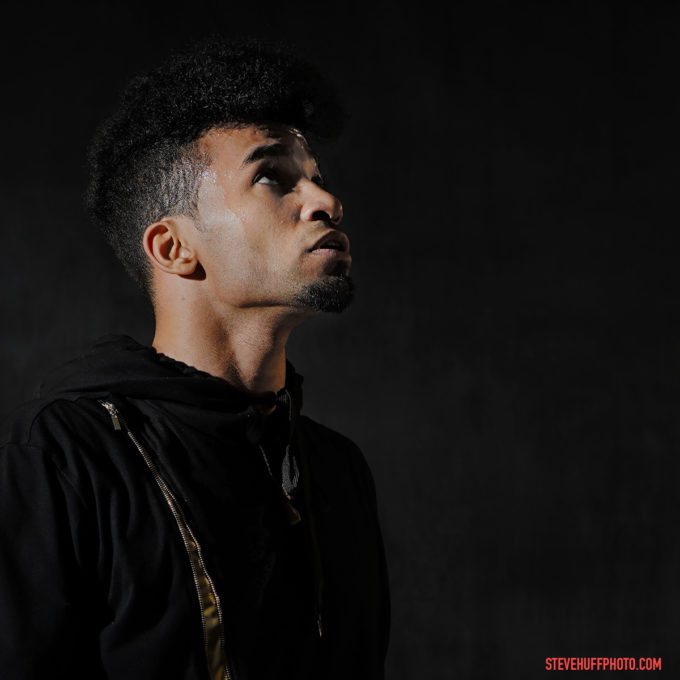
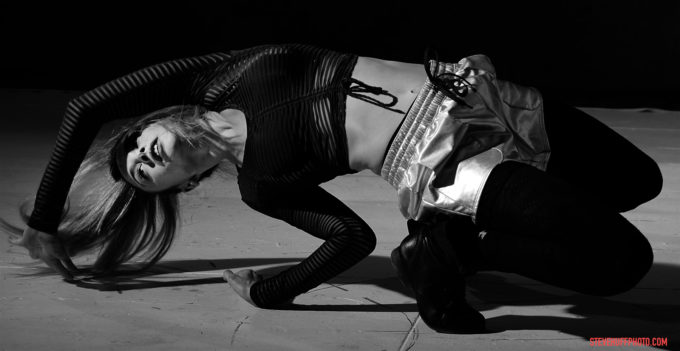
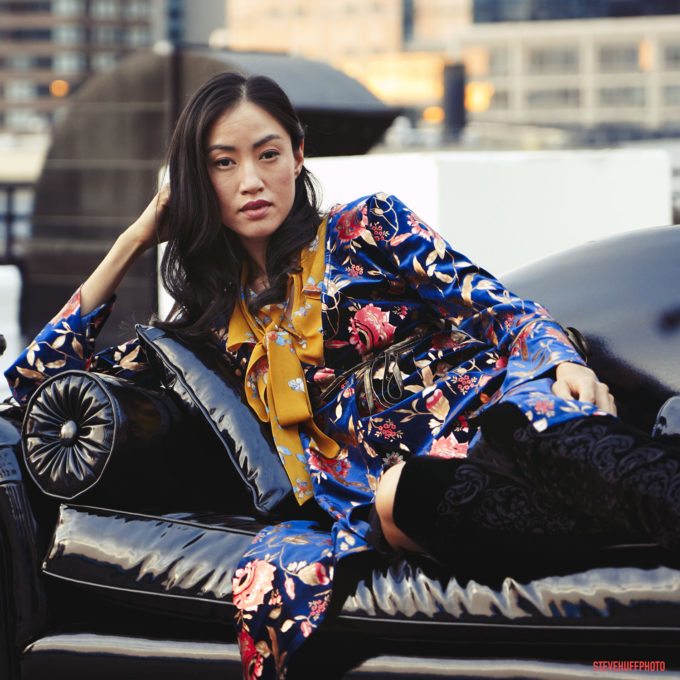




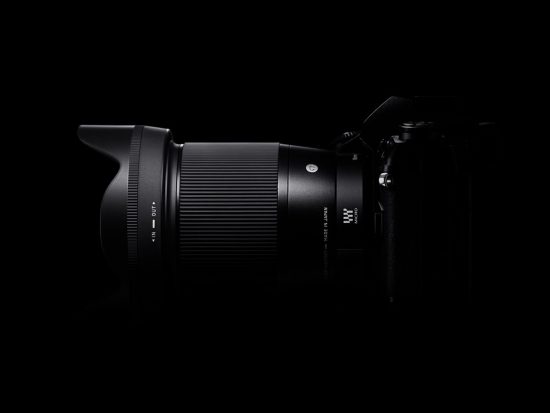

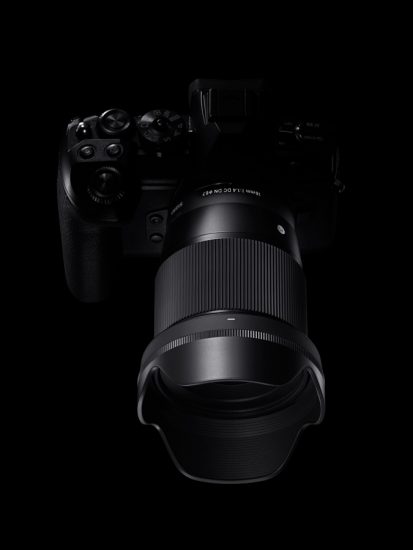
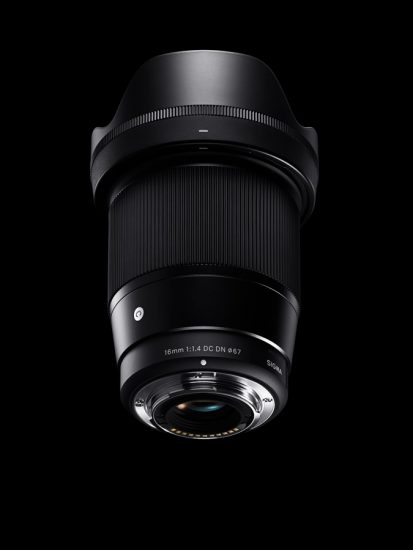 Sigma officially announced the development of the new 16mm f/1.4 DC DN Contemporary mirrorless lens for Sony E-mount and Micro Four Thirds. The release date and price are TBD. The lens hood will be available as an accessory (LH716-01).
Sigma officially announced the development of the new 16mm f/1.4 DC DN Contemporary mirrorless lens for Sony E-mount and Micro Four Thirds. The release date and price are TBD. The lens hood will be available as an accessory (LH716-01).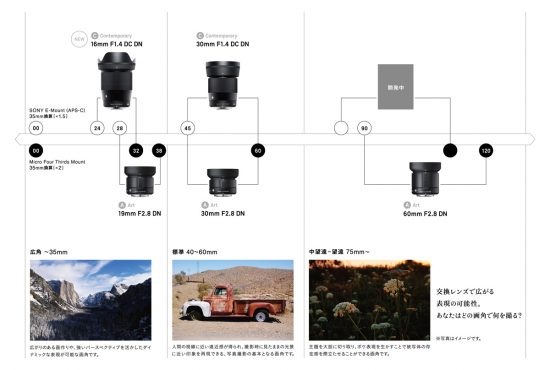 Lens design, MTF chart and full press release:
Lens design, MTF chart and full press release: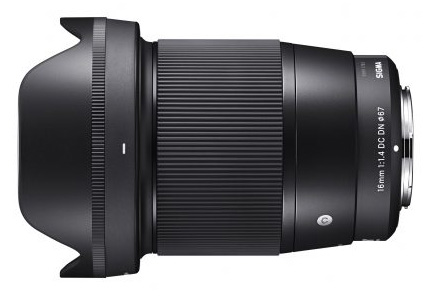
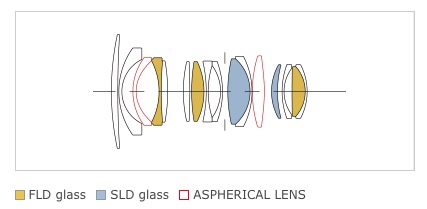
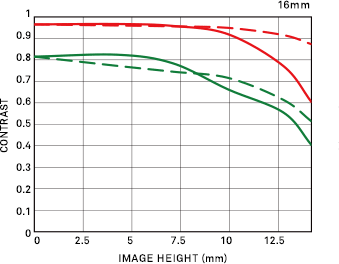


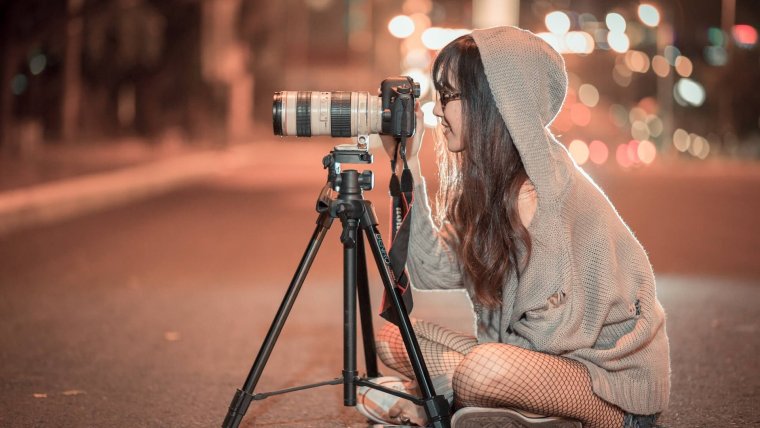
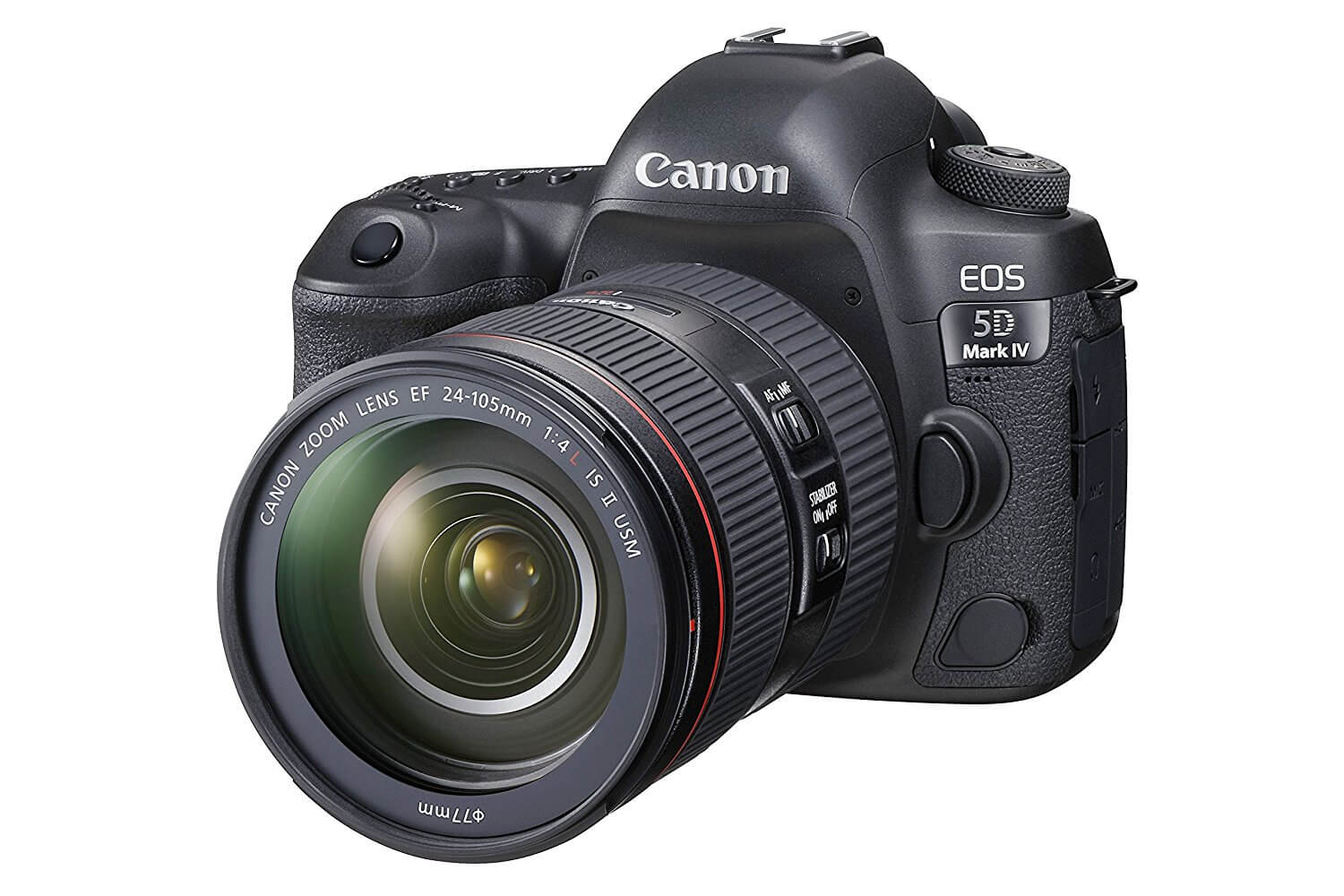
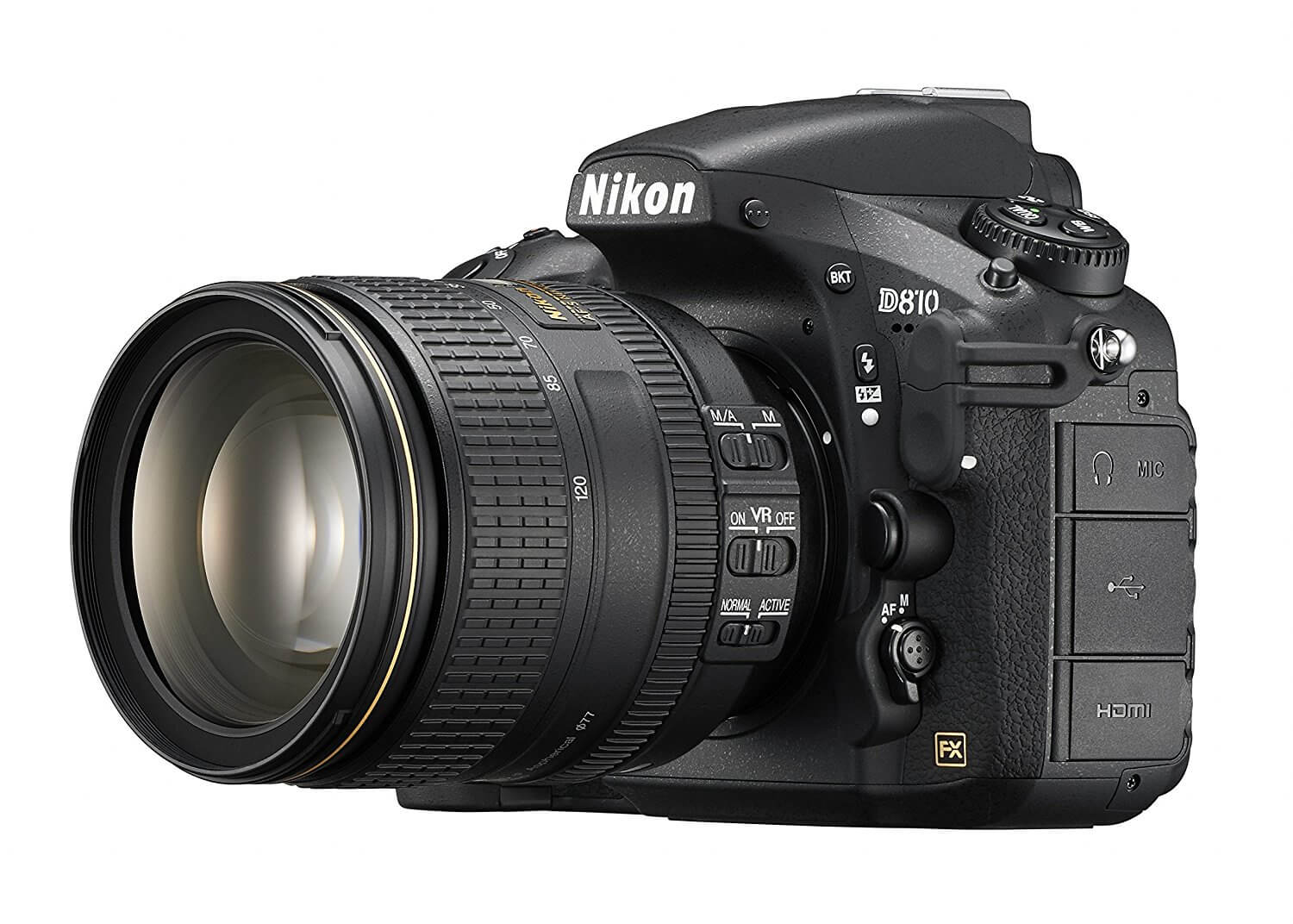
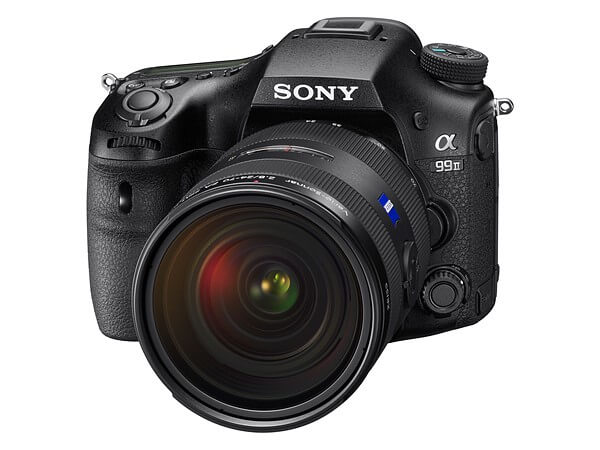
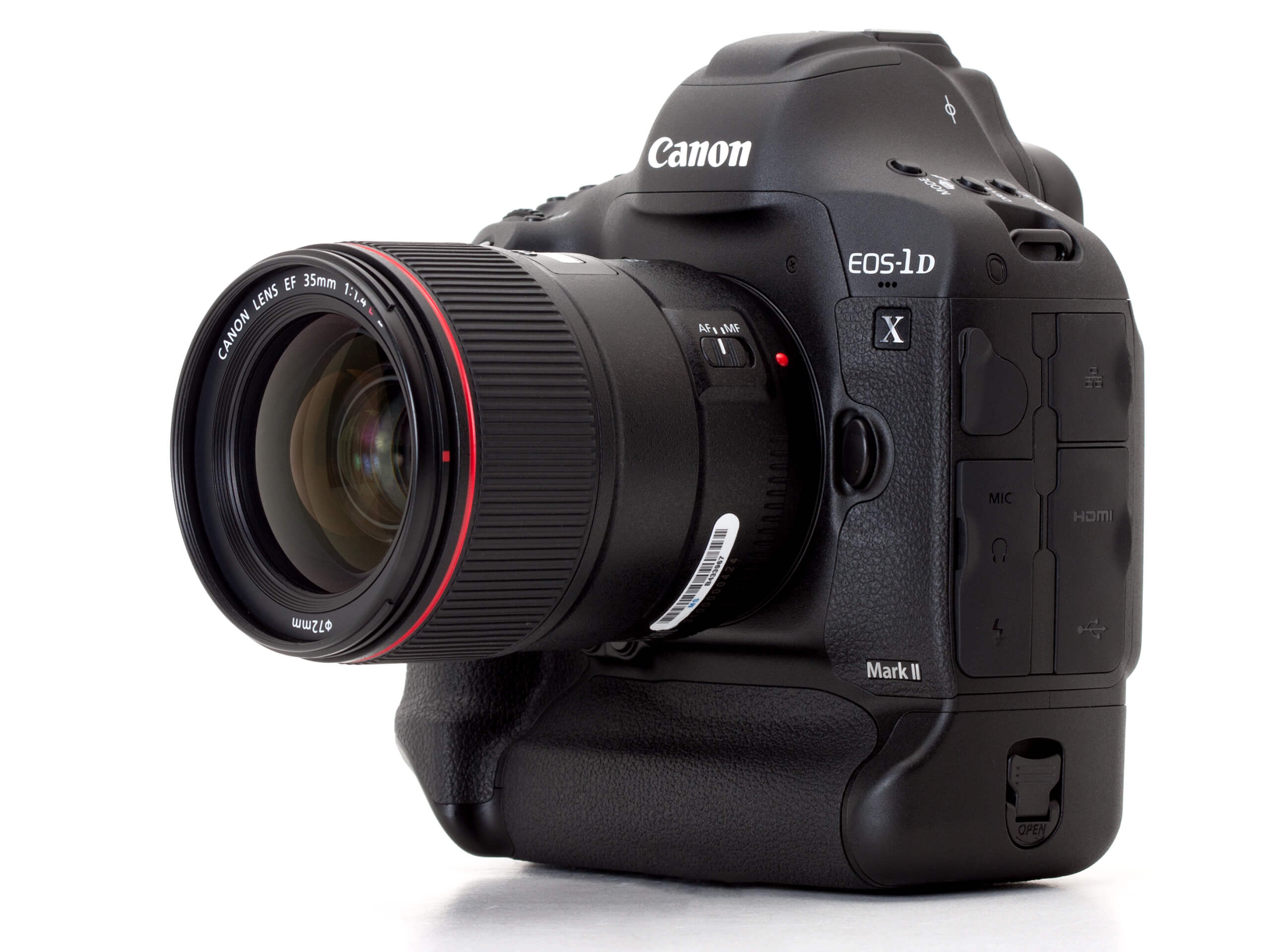
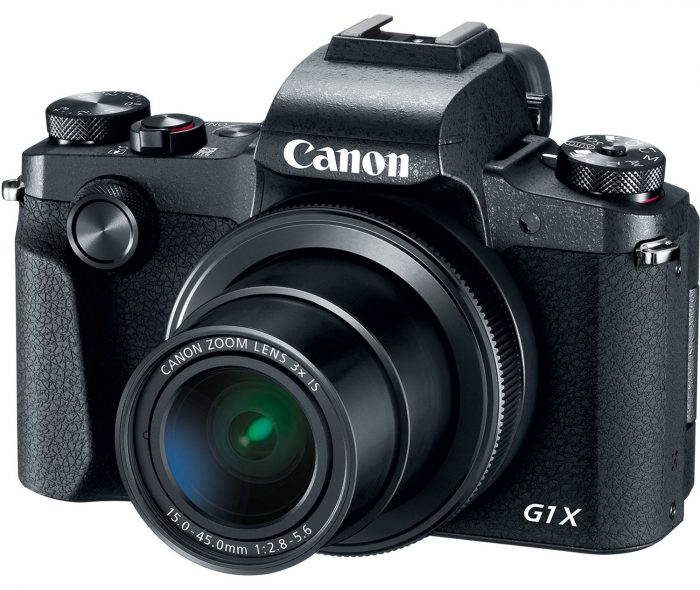
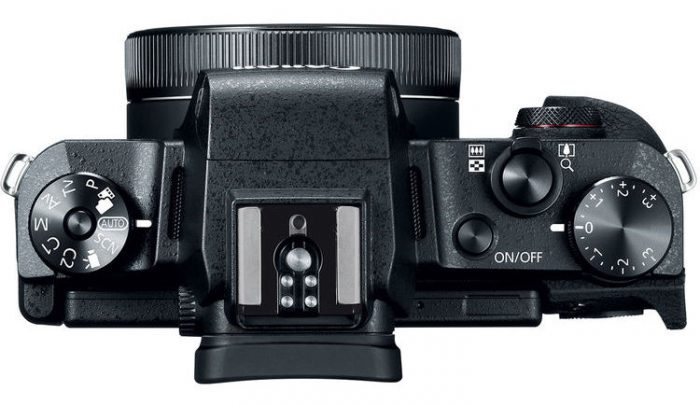
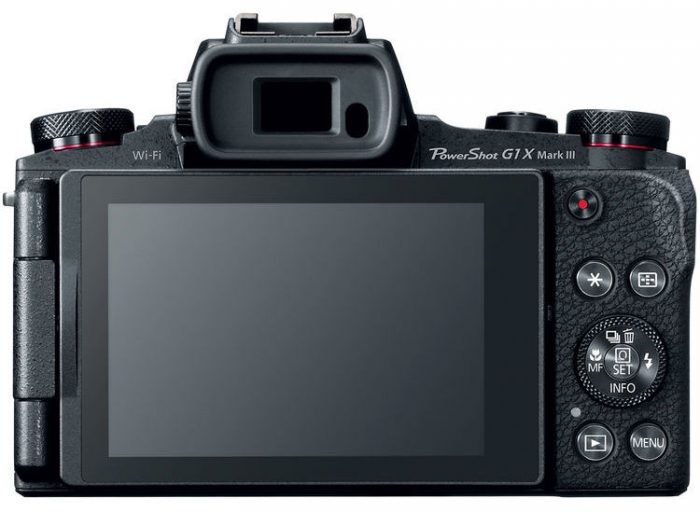
 © Provided by Zacks-FinanceENUS
© Provided by Zacks-FinanceENUS 
